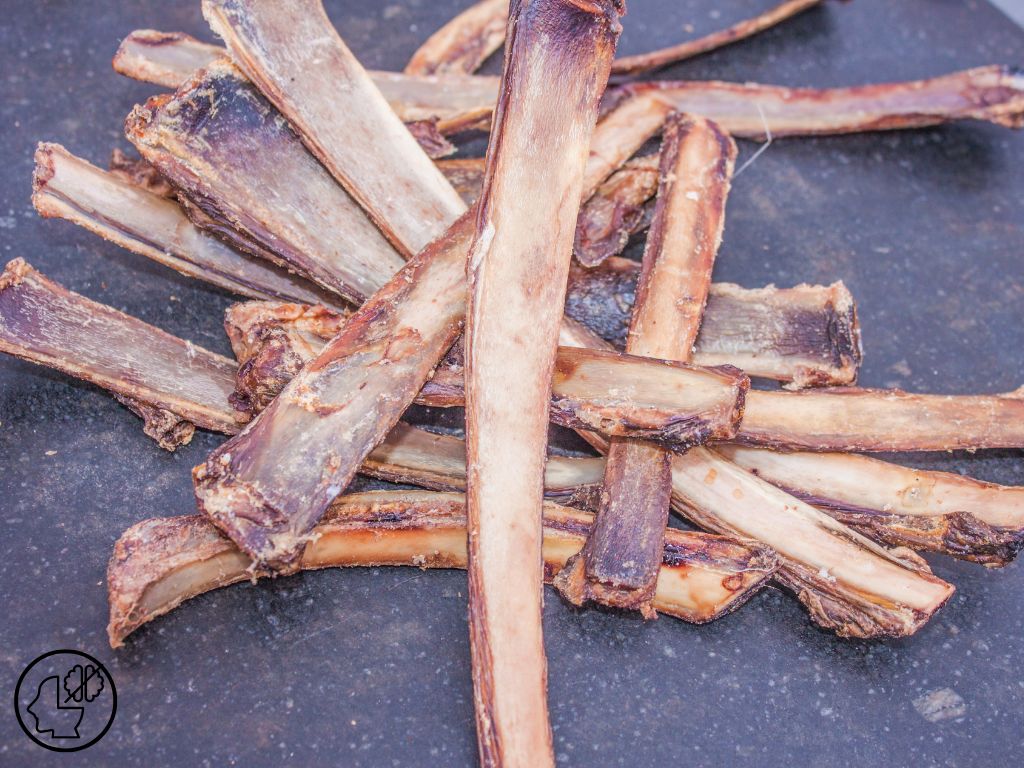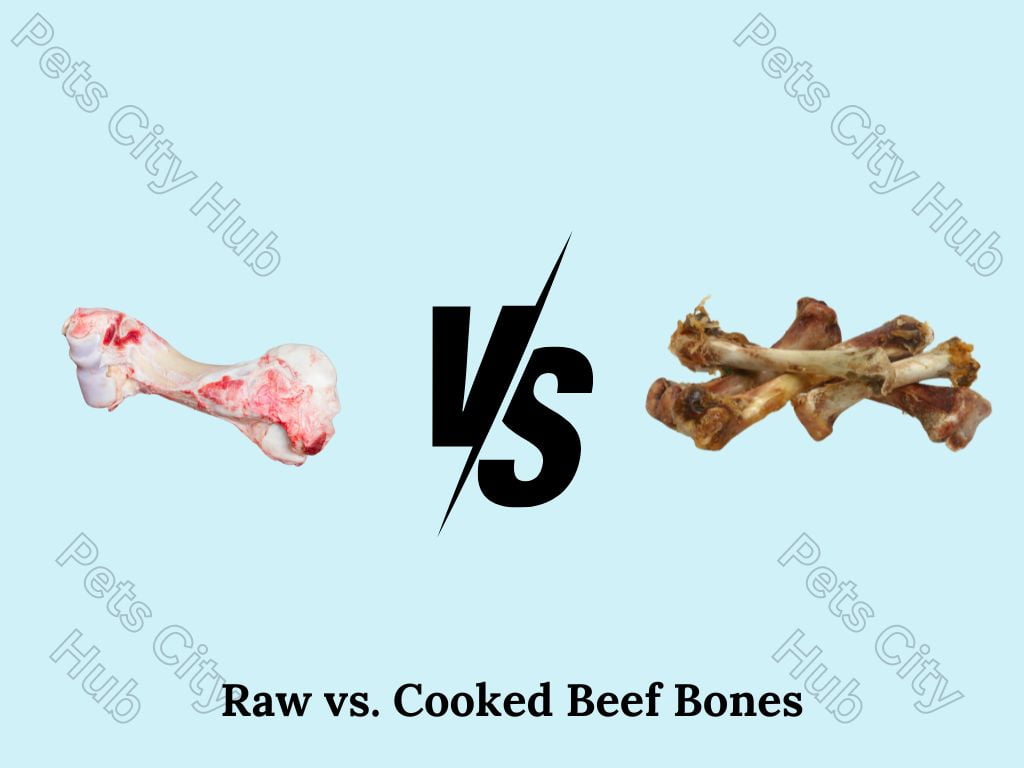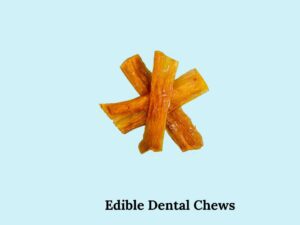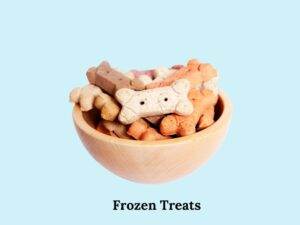Beef bones have long been a staple in the canine treat box, but deciphering their actual benefits and potential risks can be a bone of contention for dog owners. Beef bones have long been a popular treat for dogs, cherished for their flavor and recreational value. Many dog owners wonder if it’s safe to give their furry friends beef bones and whether they provide any health benefits. Let’s delve deeper, exploring both sides of the chew with science-backed facts and lesser-known insights.
Understanding the Nature of Beef Bones
Before delving into the benefits, it’s crucial to distinguish between different types of beef bones available for canine consumption. Raw bones, devoid of any seasoning or additives, stand as the primary choice for discerning pet owners. These bones retain their natural integrity, offering a plethora of nutritional benefits without the risk of harmful additives.
Types of Safe Beef Bones for Dogs
When it comes to beef bones, there are several options available, including marrow bones, knuckle bones, femur bones, and rib bones. Each type has its own characteristics, such as size, hardness, and marrow content, which can influence its suitability for your dog. These types of beef bones are safe for dogs.

Benefits of Beef Bones for Dogs
Chewing isn’t just a primal instinct it’s a mental and physical necessity for dogs. Studies like one by Overall & Parsons (1994) highlight the stress-reducing power of a good gnaw session, with a 35% decrease in stress response observed in dogs after chewing. But the benefits extend beyond mental stimulation.
- Dental Defense for Dogs
Forget the doggie toothbrush – gnawing on bones acts like nature’s own plaque and tartar scraper, promoting healthy teeth and gums. A 2015 study by Perry et al. found that raw beef bones significantly reduced calculus accumulation compared to synthetic chews.
- Nutrient Nibbles for Dogs’ Health
While not a primary source, raw bones offer a natural boost of calcium, phosphorus, and other minerals essential for bone health and development. Think of it as a tasty side dish to their regular diet.
- Joint Support Especially for Older Dogs
The jury’s still out on conclusive evidence, but the glucosamine and chondroitin found in bone cartilage may offer some support for joint health, especially in older dogs. For a clearer picture, more research is required.
Risks Associated with Beef Bones
While beef bones offer benefits, they also pose risks to dogs. One of the most significant concerns is the potential for choking or dental fractures caused by bone splintering. Sharp bone fragments can cause injury to the mouth, throat, or digestive tract if swallowed.

Common Misconceptions About Beef Bones
Despite their potential benefits, beef bones are not without their misconceptions and myths. Common misconceptions about beef bones often revolve around their limited utility beyond being mere waste. Contrary to popular belief, beef bones are not merely discarded after the meat has been extracted instead, they possess significant nutritional value and culinary potential. While some may perceive them as tough and devoid of flavor, beef bones are rich in collagen, marrow, and nutrients that contribute depth and richness to stocks, broths, and soups.
Another misconception is that only large bones, such as femurs, are useful, but even smaller bones like rib bones can impart robust flavor and gelatinous texture to dishes. Moreover, beef bones can be roasted and used as a base for sauces or consumed directly as a delicacy. Understanding the versatility and nutritional benefits of beef bones can lead to a greater appreciation for their role in culinary traditions and holistic nutrition.
Splintering Risks
One common misconception is that all beef bones are safe for dogs to chew on without risk of splintering. In reality, even large, weight-bearing bones can splinter under the right conditions, posing a danger to your dog’s health.
Dental Health Benefits
Chewing on beef bones can help promote dental health in dogs by reducing plaque buildup and tartar accumulation. The gnawing action helps remove debris and bacteria from the teeth and gums, contributing to fresher breath and healthier mouths.

Raw vs. Cooked Beef Bones
There is ongoing debate among pet owners and veterinarians regarding the safety of feeding dogs raw versus cooked bones. While raw bones are less likely to splinter, they may carry a higher risk of bacterial contamination, such as Salmonella or E. coli. Cooked bones, on the other hand, are more likely to splinter but may be less prone to bacterial contamination if properly handled and cooked.

Nutritional Value
Another misconception is that beef bones provide significant nutritional value to dogs beyond simple entertainment and dental benefits. Beef bones offer minerals like calcium and phosphorus, which support bone health in dogs. Chewing them helps clean teeth and gums, reducing dental issues.
However, they lack essential nutrients like proteins and vitamins. While they’re a healthy treat, they shouldn’t replace balanced meals. Consult your vet to ensure they’re suitable for your dogs’ diet. Overall, beef bones provide some benefits but should be viewed as occasional treats rather than nutritional staples.
Proper Chewing Techniques
Encourage your dog to chew on the beef bone using proper techniques, such as gnawing and grinding rather than biting or breaking off large chunks. This can help minimize the risk of splintering and choking.

Alternative Safe Chews for Dogs
While beef bones are a popular choice for many dog owners, some may prefer alternative chews for various reasons, including concerns about splintering or bacterial contamination. Fortunately, there are several safe and enjoyable options available to satisfy your dog’s chewing instincts and promote dental health.
A. Rawhide Chews
 Rawhide chews are made from the inner layer of cow or horse hides and are a common alternative to beef bones. They come in various shapes and sizes, making them suitable for dogs of all breeds and chewing habits. However, it’s essential to choose high-quality rawhide chews without added chemicals or preservatives to minimize the risk of digestive upset.
Rawhide chews are made from the inner layer of cow or horse hides and are a common alternative to beef bones. They come in various shapes and sizes, making them suitable for dogs of all breeds and chewing habits. However, it’s essential to choose high-quality rawhide chews without added chemicals or preservatives to minimize the risk of digestive upset.
B. Nylon Bones
 Nylon bones are durable, synthetic alternatives to traditional bones. They come in a variety of textures and flavors, providing dogs with a satisfying chewing experience while reducing the risk of splintering or breaking. Nylon bones are also easy to clean and long-lasting, making them an excellent option for heavy chewers.
Nylon bones are durable, synthetic alternatives to traditional bones. They come in a variety of textures and flavors, providing dogs with a satisfying chewing experience while reducing the risk of splintering or breaking. Nylon bones are also easy to clean and long-lasting, making them an excellent option for heavy chewers.
C. Rubber Chew Toys
 Rubber chew toys, such as Kong toys, are designed to withstand vigorous chewing and provide mental stimulation for dogs. These toys come in a range of shapes and sizes, including bone-shaped and puzzle toys, to keep dogs engaged and entertained. Many rubber chew toys can be filled with treats or peanut butter, adding an extra incentive for dogs to chew and play.
Rubber chew toys, such as Kong toys, are designed to withstand vigorous chewing and provide mental stimulation for dogs. These toys come in a range of shapes and sizes, including bone-shaped and puzzle toys, to keep dogs engaged and entertained. Many rubber chew toys can be filled with treats or peanut butter, adding an extra incentive for dogs to chew and play.
D. Edible Dental Chews
 Edible dental chews are specially formulated treats designed to promote dental health while satisfying a dog’s natural urge to chew. These chews are often made from natural ingredients like rice, potato starch, and vegetable glycerin, and may contain added enzymes or abrasives to help reduce plaque and tartar buildup. However, it’s essential to monitor your dog’s consumption of edible dental chews to prevent overindulgence and digestive issues.
Edible dental chews are specially formulated treats designed to promote dental health while satisfying a dog’s natural urge to chew. These chews are often made from natural ingredients like rice, potato starch, and vegetable glycerin, and may contain added enzymes or abrasives to help reduce plaque and tartar buildup. However, it’s essential to monitor your dog’s consumption of edible dental chews to prevent overindulgence and digestive issues.
E. Frozen Treats
 Frozen treats, such as frozen carrots or ice cubes made from low-sodium broth, can provide dogs with a refreshing and nutritious chewing experience. Not only do frozen treats help soothe teething discomfort in puppies, but they also promote dental health by massaging the gums and scraping away plaque. Just be sure to offer frozen treats in moderation to prevent brain freeze or digestive upset
Frozen treats, such as frozen carrots or ice cubes made from low-sodium broth, can provide dogs with a refreshing and nutritious chewing experience. Not only do frozen treats help soothe teething discomfort in puppies, but they also promote dental health by massaging the gums and scraping away plaque. Just be sure to offer frozen treats in moderation to prevent brain freeze or digestive upset
Always consult your veterinarian before introducing any new treats, including bones, to your dog’s diet.
Conclusion: Chew Responsibly, Reap the Rewards
Beef bones can be a valuable addition to your dog’s life, enriching their day with mental stimulation, dental care, and even some nutritional benefits. By understanding the science behind different bones, prioritizing safety, and considering your dog’s individual needs, you can ensure this classic treat becomes a source of joy and well-being for your furry friend. Educate yourself, choose the right bones, and always keep an eye on your pet while they indulge. And if you’re ever in need of more pet-related tips and tricks, remember that PetsCityHub is here to lend a paw!
Bonus Tip: Look for locally sourced, human-grade bones from responsible butchers or pet stores. Happy and healthy chewing!
FAQs
What are the dangers of feeding cooked bones to dogs?
Cooked bones can become brittle and prone to splintering, posing a risk of injury to a dog’s mouth, throat, or digestive tract.
Can small dogs chew beef bones safely?
Small dogs may struggle to chew on large beef bones safely and should be provided with appropriately sized alternatives to avoid choking hazards.
How often should I give beef bones to my dog?
Beef bones should be given to dogs as an occasional treat rather than a daily staple to prevent dental issues and gastrointestinal problems.
Are there any health benefits to giving beef bones to dogs?
Chewing on beef bones can help promote dental health and provide mental stimulation and stress relief for dogs.














Comments are closed.